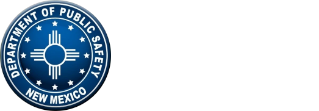What do swords, big screen TVs, cans, phones, ATM machines, countertops, knives, firearms, pills and other drugs have in common? These are items that have been received over the years in the Evidence Units of the New Mexico Department of Public Safety Forensic Laboratory with locations in Santa Fe, Las Cruces and Hobbs.
“We receive just about anything one can put their hands on during a crime,” said Bonnie Knoll, who wears two hats as the technical leader for the Latent Prints and Evidence Units in the three labs and supervisory forensic scientist of the Latent Prints Unit in Santa Fe. “The Evidence Unit is the gatekeeper of the lab. Maintaining an intact, unbroken chain of custody once evidence is received is probably the most critical step in what we do here.”
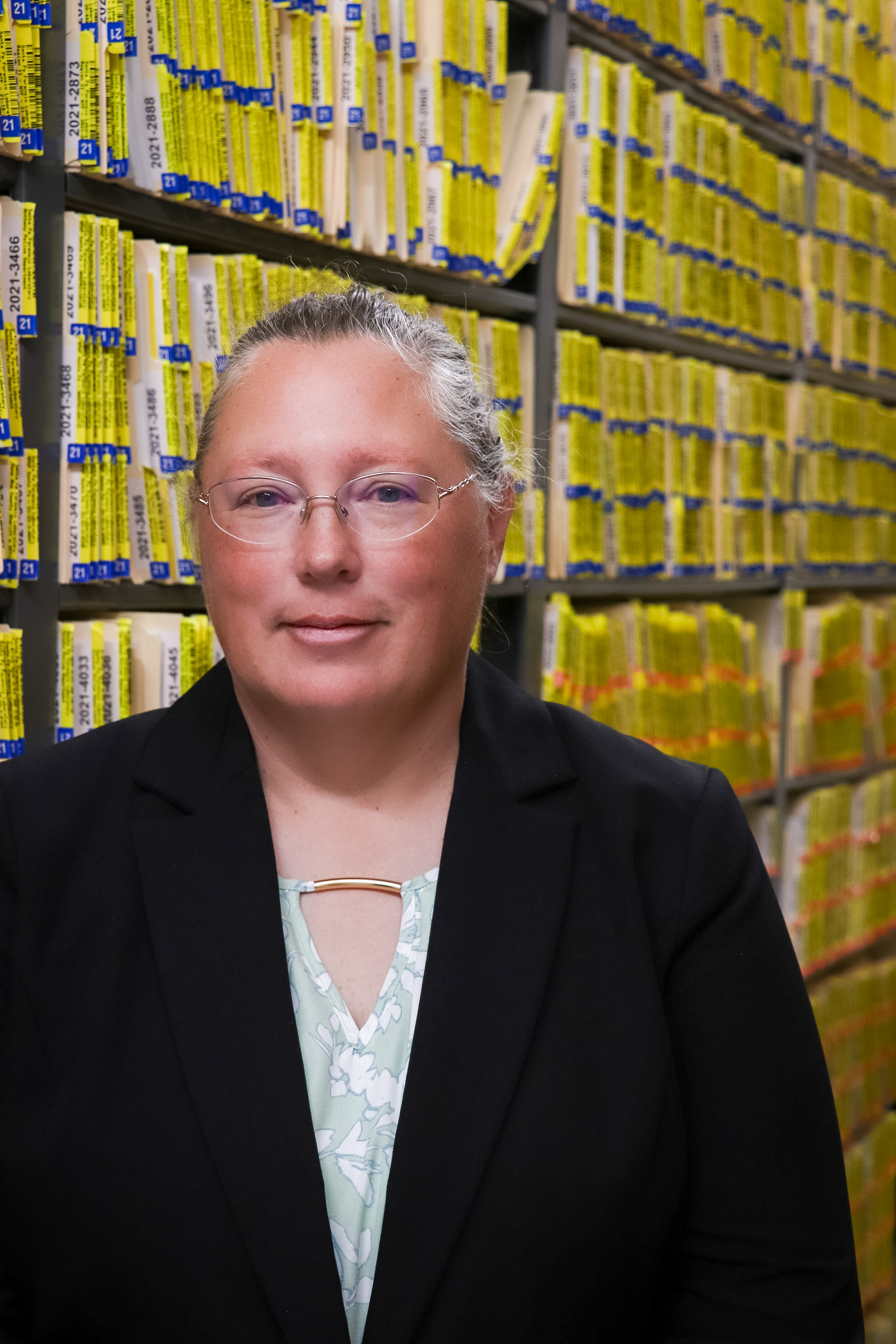 Bonnie Knoll, technical leader for the Latent Prints and Evidence Units in the three labs and supervisory forensic scientist of the Latent Prints Unit in Santa Fe.
Bonnie Knoll, technical leader for the Latent Prints and Evidence Units in the three labs and supervisory forensic scientist of the Latent Prints Unit in Santa Fe.
Credibility is key, said Knoll. To maintain control over every piece of evidence that enters the lab, there is a strict tracking system with bar codes and radio frequency identification (RFID) technology, so the unit knows where a piece of evidence is at all times and if it comes close to an area it’s not supposed to be, alarms go off.
“If you’ve ever been in a clothing or department store and gotten too close to the door and maybe there was an alarm that went off, that’s the same technology here essentially with RFID sensors in the tags on those clothing items from the barcode (made of small chips and sensors),” said Knoll, who has worked at the lab in Santa Fe for 21 years. “There are areas in this laboratory where evidence is not allowed and if evidence were to get anywhere close, then key personnel receive a notification and we can tell right then and there ‘hey something’s wrong’ and look into it and fix it,” said Knoll. “Fortunately, we haven’t had any of those issues since I’ve been at the lab.
“No individual in this lab can put their hands on evidence without putting their unique password into specialized evidence tracking software. The smallest mistake in the chain of custody can get a case thrown out in court – we take it very seriously.”
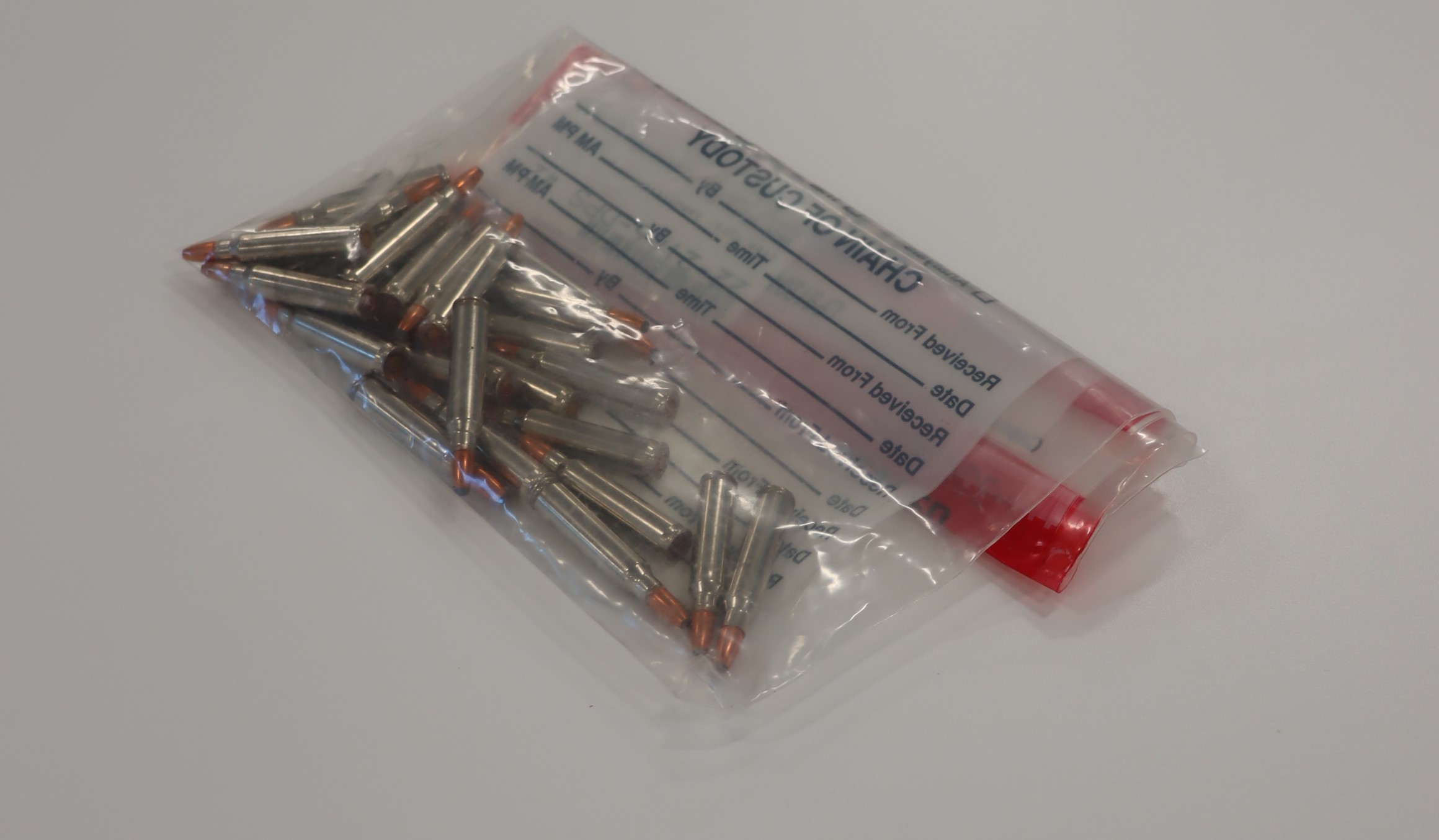 Packaged evidence at the Forenisc Lab in Santa Fe.
Packaged evidence at the Forenisc Lab in Santa Fe.
All the items receive a unique case number and unique item number and are sealed and initialed in packaging by the submitting officer from the client agency. Once all that happens, evidence unit personnel make sure the evidence item(s) receives a barcode label and goes through the Laboratory Information Management System (LIMS), a computer software program that tracks every item in each case received. Finally, the evidence is transferred and stored at an appropriate vault location until the case is complete and the submitting client agency picks up the evidence for its next disposition.
“It is way easier with a lot less paperwork now than it used to be,” said Mike Barrio, Forensic Evidence Technician for the Las Cruces Forensic Laboratory, which solely manages incoming drugs and can manage up to 20 cases per day per client agency. With over 20 years of experience at the lab, Barrio knows how crucial his role is.
“Everything has to be done perfectly,” he said. “We get a lot of pure meth here and all kinds of pills in different colors – they look like candy sometimes. It’s so important to get this stuff off the streets for our children.”
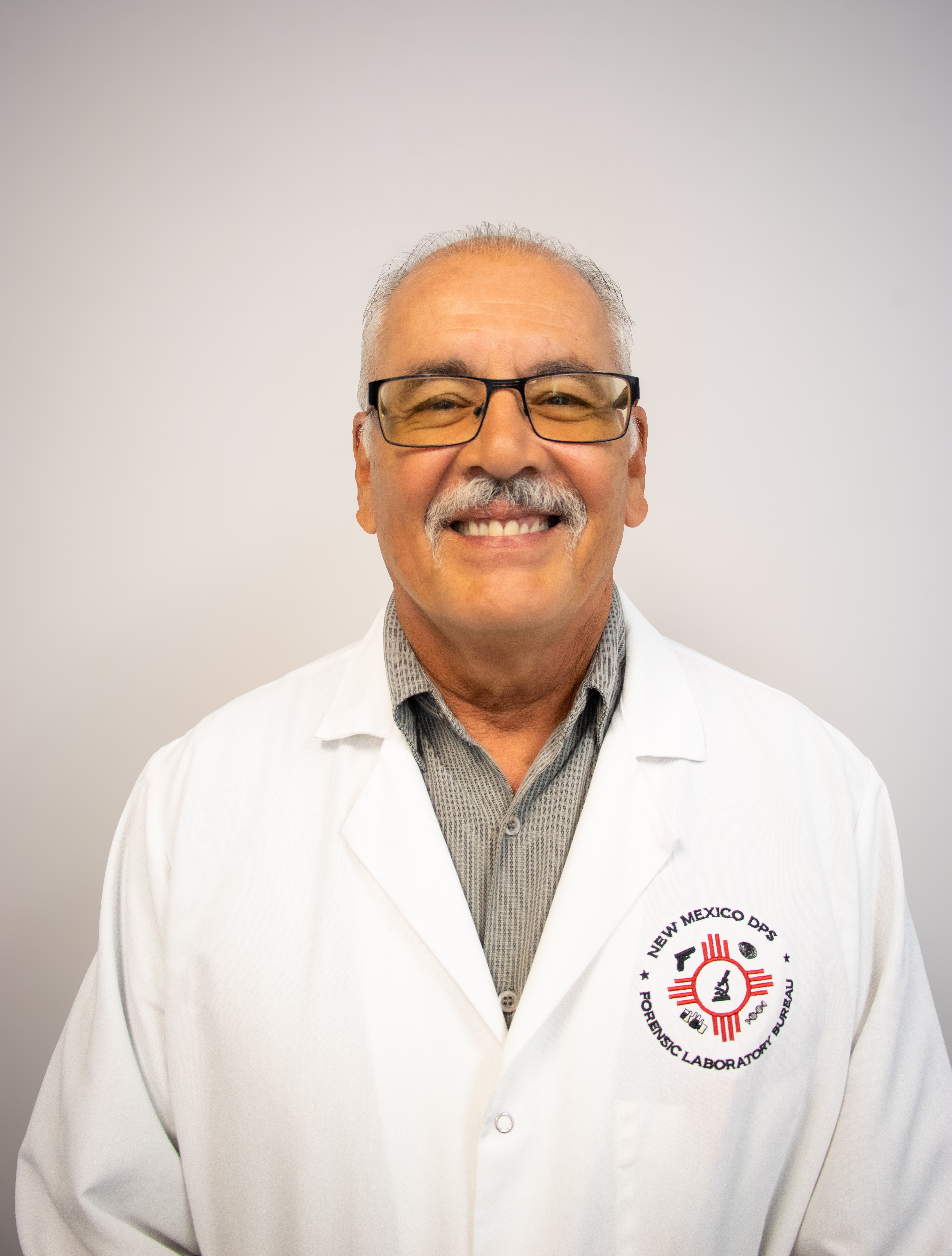 Forensic Evidence Technician Mike Barrio, for the Las Cruces Forensic Laboratory.
Forensic Evidence Technician Mike Barrio, for the Las Cruces Forensic Laboratory.
The Las Cruces Forensic Laboratory receives meth, fentanyl, various pills and “magic mushrooms,” per Barrio. “Having the local lab (in Las Cruces) helps with processing drug evidence more quickly than having to get it up to Santa Fe,” he said.
On average, the evidence unit in Santa Fe sees up to a dozen law enforcement officers from different client agencies around the state per week come in, with each client bringing up to 20 cases per day. Serving 300 different agencies, however, can present some challenges for the Evidence Unit.
“Every agency has their own policies and procedures on how they package evidence and so when we receive it here, we do have to go through it and make sure that those policies and procedures that each department has on their own also meets our requirements in order to be submitted,” said Shawn Kesler, Evidence Unit Supervisor at the Santa Fe Forensic Lab.
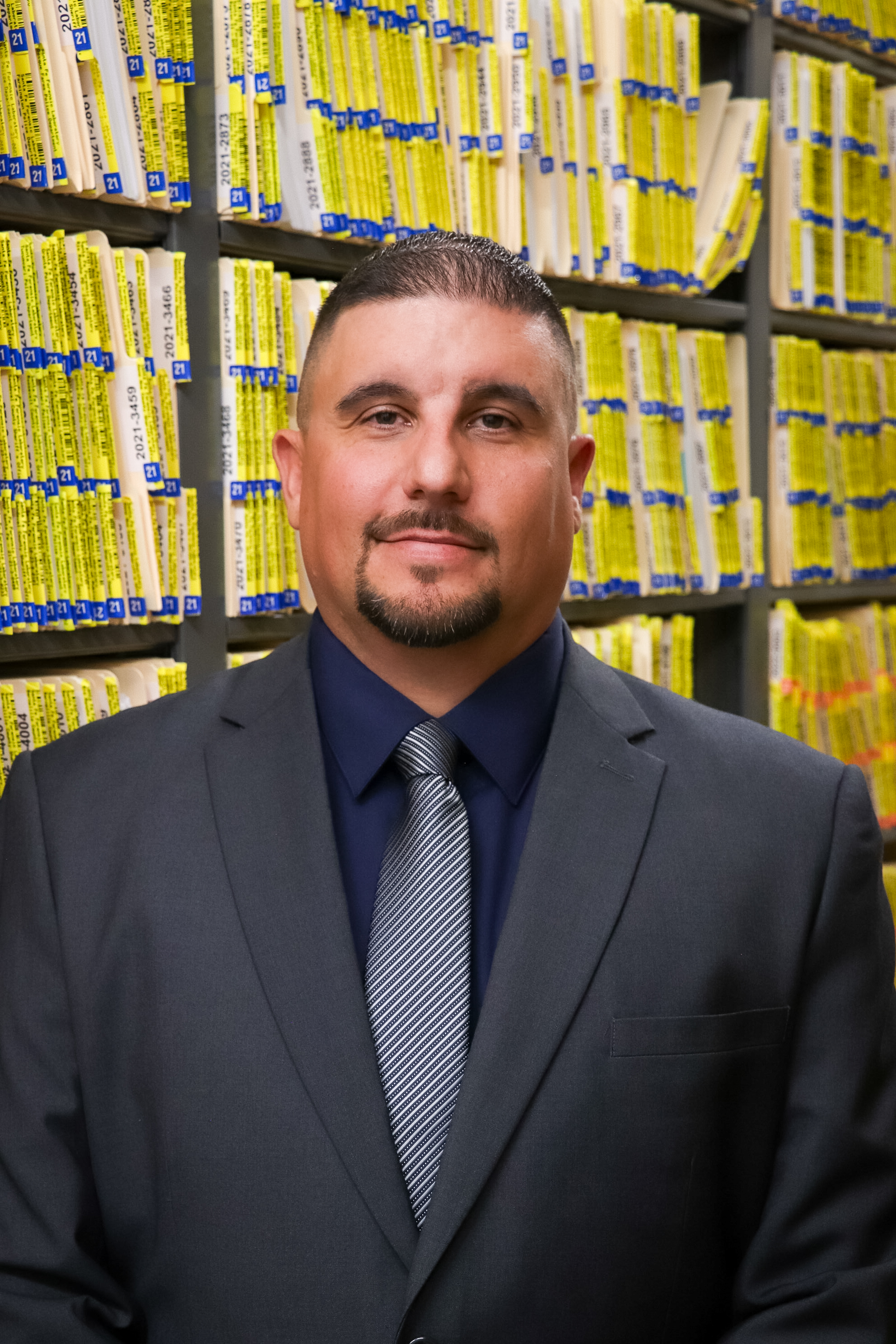 Evidence Unit Supervisor Shawn Kesler at the Santa Fe Forensic Lab.
Evidence Unit Supervisor Shawn Kesler at the Santa Fe Forensic Lab.
It depends on how long evidence is in the lab based on the analysis requested and the disciplines that must examine the evidence. Kesler believes what they do in the Evidence Unit to be critical to maintaining the integrity of each case.
For Kesler, this is a meaningful and important position that he’s worked his entire career to get to. After serving in the military, he worked at the Santa Fe County Sheriff’s Office as an animal control officer before ending up eventually with the Property Unit, working with evidence until his dream job of working at the forensic lab opened up.
“If we can’t maintain that chain of custody and the integrity of the evidence, nothing will hold up in court no matter what the scientists find,” said Kesler. “Here in the Evidence Unit, people work hard every day and take pride in what they do knowing what it means for the victims and their families and the accused and ensuring the integrity of the evidence and a fair trial for all.”
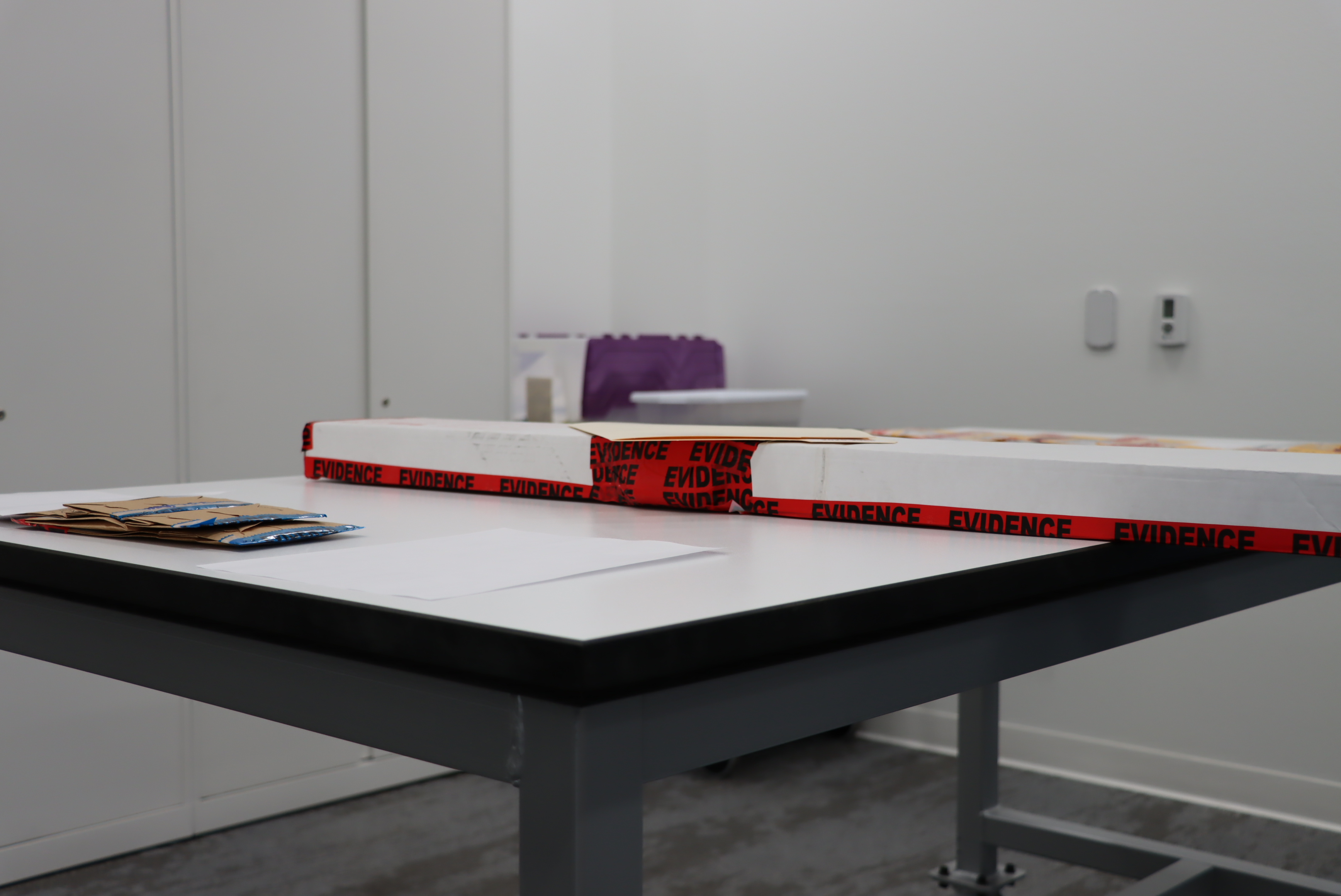 Packaged evidence, including a long gun (rifle), in the evidence unit.
Packaged evidence, including a long gun (rifle), in the evidence unit.
Forensic Laboratory Director Katharina Babcock agreed.
“Details are everything. The jury notices all those details in the courtroom. When I testified in court as an expert witness in forensic firearm identification or tool mark identification after having worked cases in the Firearms / Tool Marks Unit, I would routinely be asked to take out evidence from its packaging to show the jury the contents. But, before that, I was asked to explain to the jury how I knew I had examined that particular item of evidence in that particular box or packaging. During court, I took that opportunity to demonstrate to the jury how meticulous I was in my casework – I would begin by describing the packaging, the barcode, the RFID tag, the tamper-evident seals, my initials and date over each seal, my writing on the packaging, and in most cases, how it had not been opened since I had last examined the item. An exception in most cases would be a box containing a firearm as that would usually already be open since the courts would want to ensure it was safe prior to bringing it into the courtroom. Plus, the firearm had its own identifiers, which were the make, model, caliber and serial number that could be identified plus my initials, case number, and item number scribed inconspicuously into the metal or polymer inside the trigger guard.
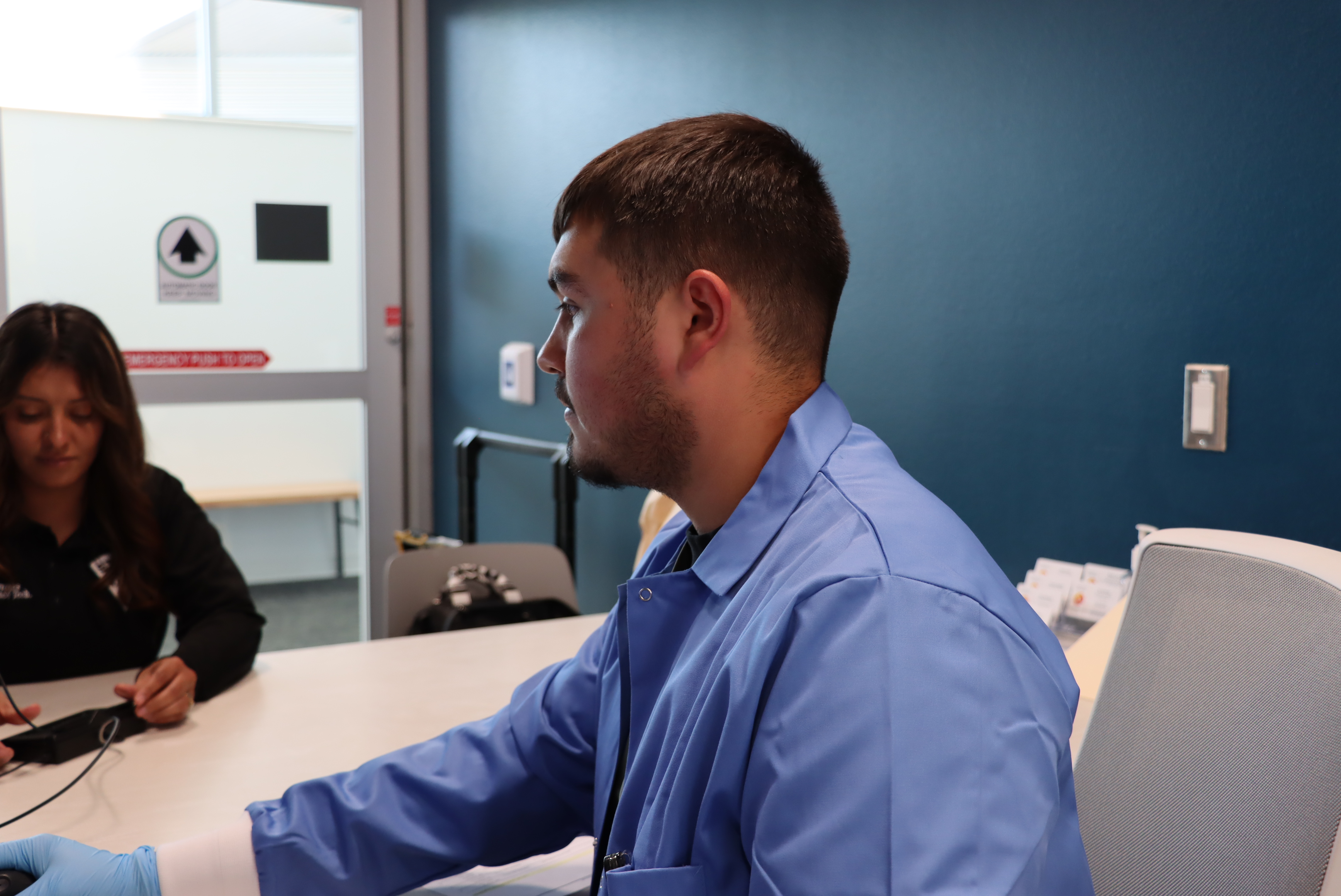 An officer from a client agency submits evidence to an technician in the receiving area of the Evidence Unit.
An officer from a client agency submits evidence to an technician in the receiving area of the Evidence Unit.
“It’s incumbent on each one of us to demonstrate and explain how each person in the lab has a hand in protecting the integrity of the evidence the entire time it is in the forensic laboratory.”
Story by New Mexico Department of Public Safety Public Information Officer John Heil. Photos by DPS Media Relations Unit – Curtis Althaus and Payton Santillanes.
